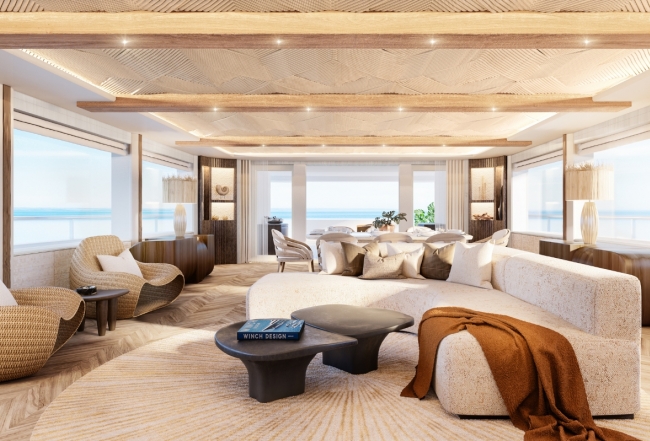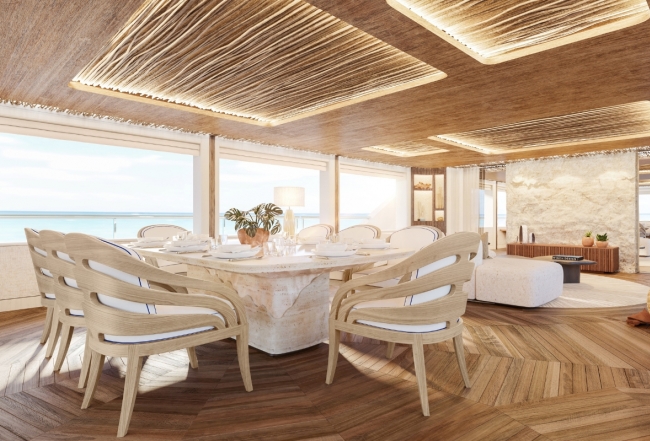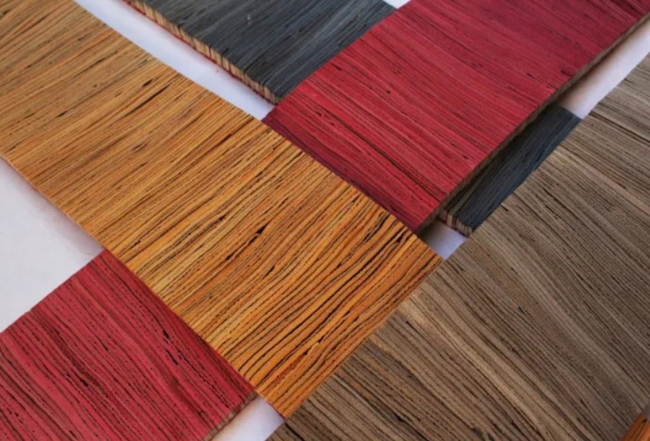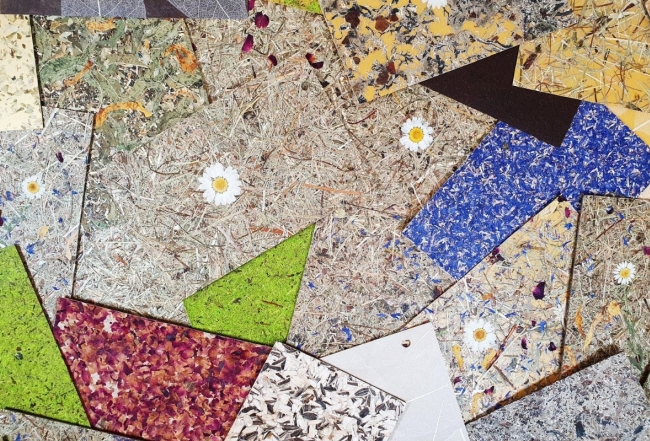Alexandra Parkinson: The Biggest Challenges Surrounding Sustainability in Yacht Design
Winch Design’s sustainability specialist talks about greenwashing, innovation and the pioneering new materials transforming yacht interiors.
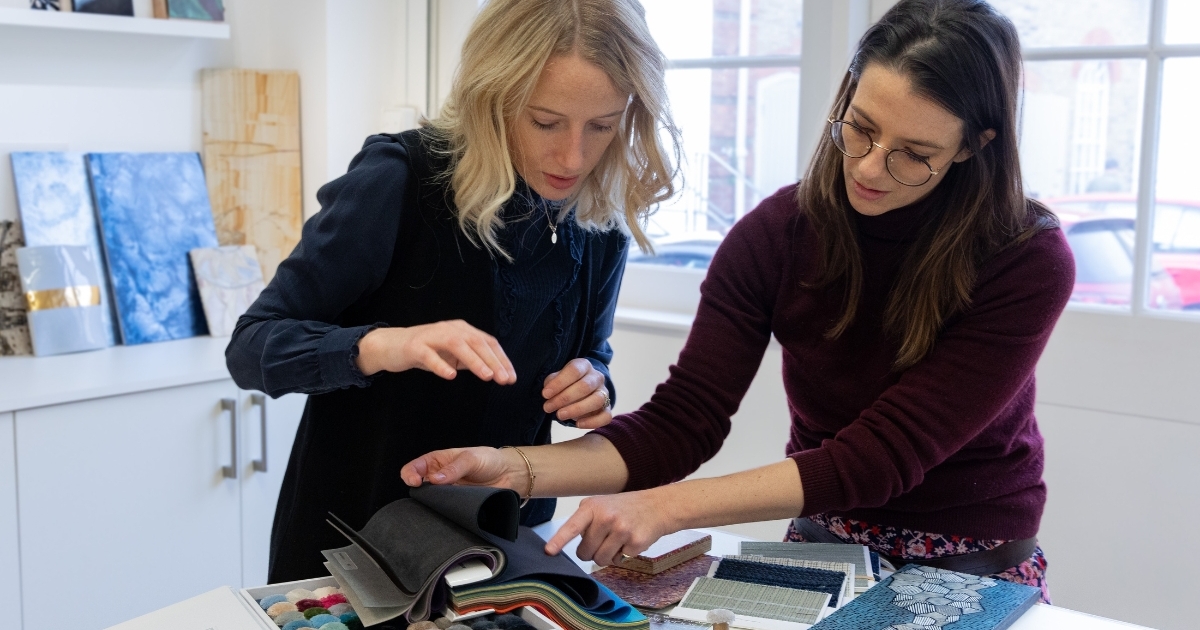
“I’d hate people to think that we were greenwashing,” Alexandra Parkinson, Interiors Sustainability Specialist at Winch Design, tells Superyacht Stories. “I am passionate about making a difference and I take my job and what we’re trying to achieve as a company very seriously.”
Alexandra has been enthusiastic about sustainability for as long as she can remember. She originally joined Winch as a studio manager, taking the opportunity of the pandemic to progress her skills and study sustainable practices. Now an ISSP Certified Sustainability Professional, she dedicates her time to researching, sourcing and developing sustainable material solutions across all three sectors of the British studio – yachting, aviation and real estate.
“I basically wrote my own job role,” she says. “It was a brand-new role, so I had no-one to bounce ideas off at the start, but I think going into uncharted territory is how you stay ahead of the game.”
Unchartered territory
Starting out, Alexandra’s first hurdle was education. “So many people get confused with the term sustainability; they think it's just about being green or eco, whereas sustainability can fit under one of three different pillars: corporate, social, and environmental. You could be helping the community by creating a beautiful piece via a local artisan, for instance.”
With so many different avenues available, Winch cross references its core values against the United Nations 17 Sustainability Development Goals, and Alexandra frequently holds internal discussions to share her thoughts and findings with the various teams. “I don't want the team to think sustainability is just about swapping one wood or weave for another,” she says. “It is so much more than that if you take into account the social and economic benefits of the materials rather than focusing on environmental aspects alone”.
Alexandra also works closely with the Water Revolution Foundation, which feeds the studio with research on like-for-like materials they may have discovered. One of their biggest success stories so far is recycled fishing nets, which Winch is using on a current yacht project. “The nets came back as a notably more viable material because they have already been produced, and then re-used. Even though it’s not a natural product, its carbon footprint is much less,” Alexandra says.
“It's not just research that we are undertaking in the studio. We're using new, innovative sustainable materials across a number of our projects, which is really exciting. And the clients love the whole story behind these fascinating materials.”
Going green
One of the clients she’s referring to is building a 45-metre explorer yacht that Winch confirms will have a fully sustainable interior. It’s scheduled for delivery in 2025.
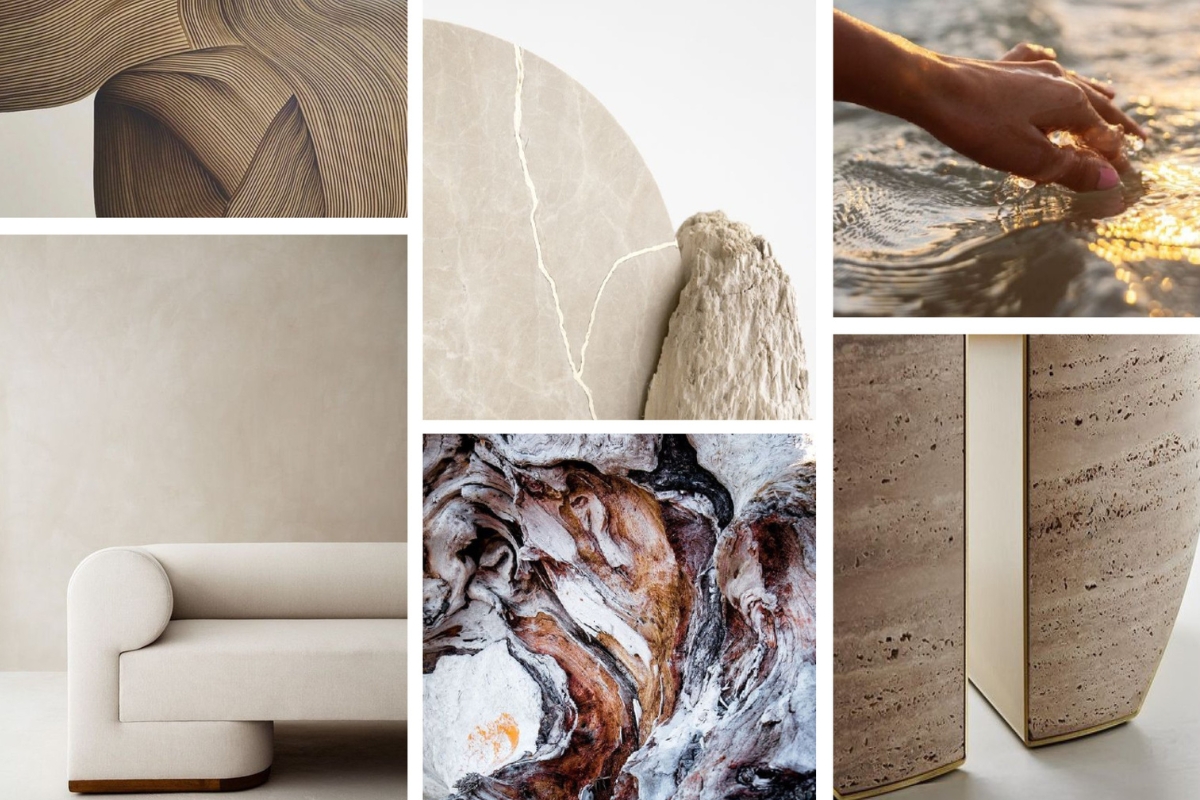
“The client is on the forefront of sustainability,” Alexandra says. “It’s an explorer yacht with an eco-friendly interior, favouring practices that create low levels of EMF and materials with low VOCs to deliver a clean-living environment. We’re working collaboratively to try and make this as eco-friendly and as nontoxic as possible. The owners have a healthy homes committee that cross references everything that we do, and everything that yard does, which is a whole other avenue of sustainability and wellness that we hadn't been involved with before.”
This isn’t the only owner Alexandra has met who shares her passion for sustainability. She reveals that as materials and solutions develop, and as clients become more educated on the issues surrounding the topic, their interest also increases.
“I see a trend of more clients genuinely wanting to see the supply chain, or to understand how something is sustainable,” she says. “But the materials in themselves are exciting, too. I don't want clients to think that because it’s sustainable, it’s any lesser than other materials.”
Pioneering designs
With new materials being consistently discovered, one of the major trends that’s getting Alexandra excited is biodesign. “It is about harnessing nature and creating a design that works together with nature, not against it. It’s really inspiring,” she says. “We've got an interesting supplier project that uses root structures to create amazing coral-like weaves.”
Another development she enthuses about is 3D printing. “A lot of people think 3D printing is just for plastic, but you can use ceramics or even eggshell composites to create something that’s natural, lightweight and interesting.”
Presently, Alexandra is working with new suppliers like Austria-based Organoid, which creates coverings from press flowers – “the client loves it because it has this really soft, potpourri smell, and they can choose their own plants and flowers” – and London-based Foresso, which makes surface materials from renewed items wood chips. “We’ve used this for a lot of the furniture tops. It’s lovely that it’s based in the UK as well – we try to use local suppliers.”
She’s also experimenting with cork, recycled aluminium, natural plant dyes and bio leather made from mushrooms and fruits such as pineapple.
Alexandra reveals that the greatest drawback of working with new materials is that they are, in every sense, so ‘green’. “The suppliers and artists are so new that they don't really understand this industry and the quality and high standards that we maintain, so we need to mould them to work within our parameters and specifications.”
She cites weight, fire retardancy and longevity as other key challenges. “We've got issues there to get the quality up to the standard that we are used to showing our clients,” Alexandra says. “I don't want sustainability to be the main thing about a material, it needs to be just as good as any other material that we use. I usually try and get new materials onto architectural projects first to see how well they work and then consider using them in marine and aviation environments.”
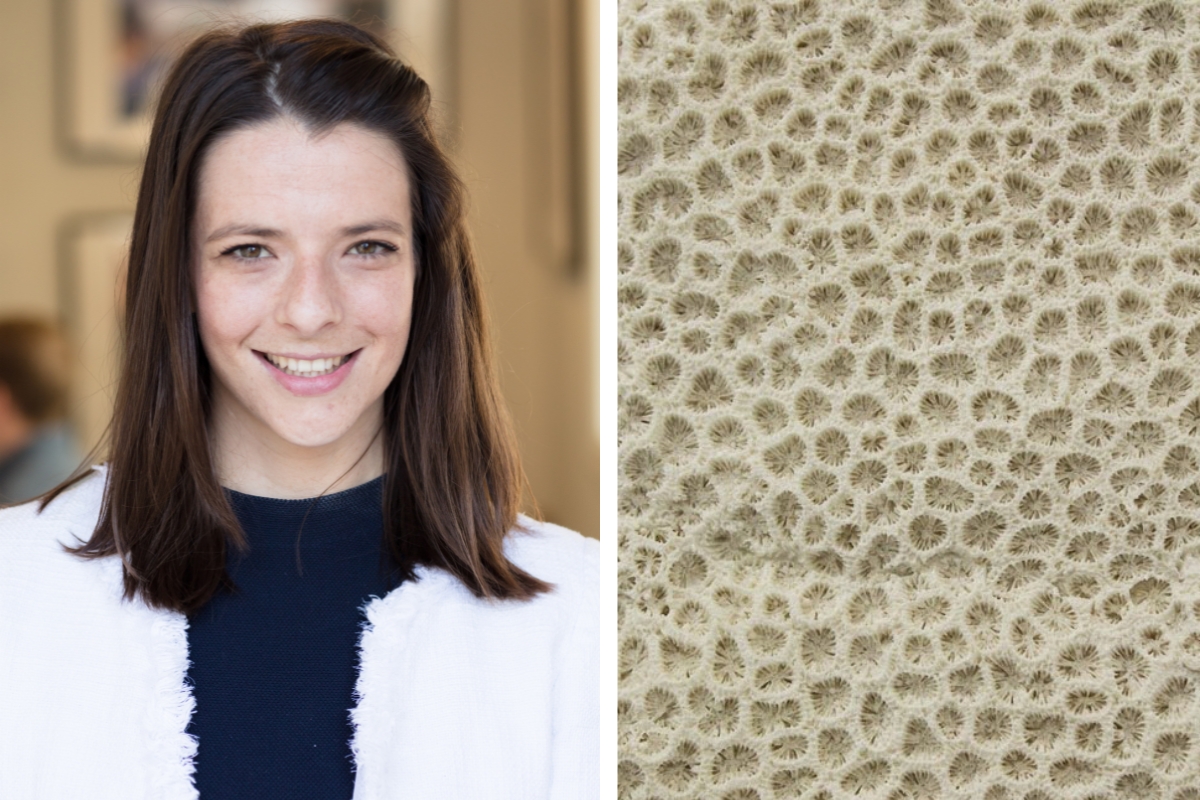
The bigger picture
Winch checks in regularly with its shipyards partners to discuss topical issues, which currently involves the question of illicit teak. “Teak is on our agenda and we’re looking at alternatives, but we can only come to it from a design point of view. The shipyards also need to look at that themselves,” Alexandra says. “A lot of shipyards, like Damen, are hot on sustainability, and a lot of are signed with the Water Revolution Foundation, which has already done its cross-checks, but if a yard says, ‘we have enough teak’, is it our responsibility to look at the shipyards’ supply chain?”
She adds that wherever possible, they’ll put alternatives forward for projects, but ultimately, when it comes to big areas such as teak decks, it’s the final choice of the client and shipyard.
“As an industry, we're coming under scrutiny, but I don’t want people to think that we’re just ticking boxes,” Alexandra says. “There are a lot of things that we can do differently, such as looking at sustainability from a social or economic angle. During the Covid-19 pandemic we introduced “Under Winch’s Wing”, a social programme to extend help to the smallest suppliers, artisans and craftspeople who work so hard to bring the Winch portfolio to life.
“I feel like, at Winch, we are lucky enough to be able to influence our clients to make more sustainable choices. We are in a position to create real change within the industry. It takes courage to address these challenging issues and we are pioneering this journey for the better of our oceans and all that use them.”
Images: supplied by Winch Design.

